The Biological Mechanisms of Neural Plasticity
Introduction
Neural plasticity, also known as neuroplasticity, is a fundamental biological mechanism that involves changes in the brain due to learning, experience, or injury. This process is critical for the development and function of the nervous system, and it is the basis for the brain's ability to adapt and evolve over time.
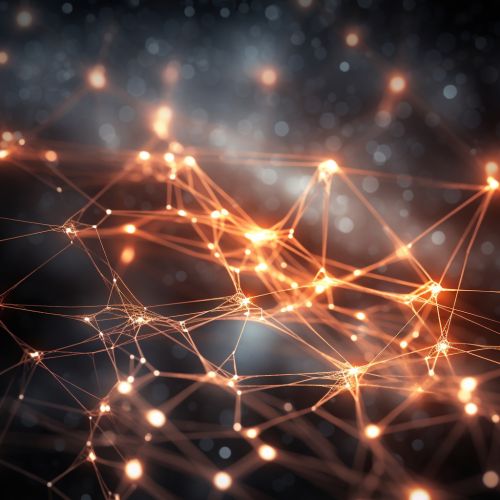
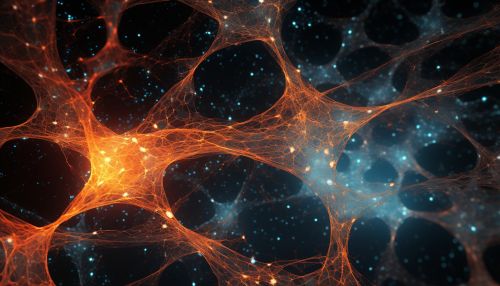
Mechanisms of Neural Plasticity
Neural plasticity is a complex process that involves several mechanisms, including synaptic plasticity, structural plasticity, and functional plasticity.
Synaptic Plasticity
Synaptic plasticity is the ability of the connections, or synapses, between neurons to change in strength. This is thought to contribute to learning and memory. There are two main types of synaptic plasticity: long-term potentiation (LTP) and long-term depression (LTD).
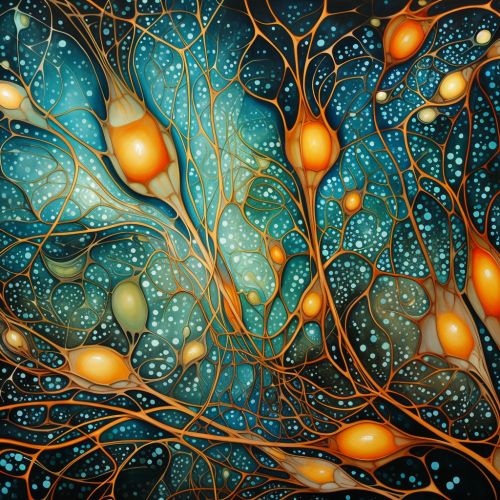

Long-Term Potentiation
LTP is a long-lasting increase in synaptic strength following high-frequency stimulation of a synapse. It is one of several phenomena underlying synaptic plasticity, the change in synaptic strength that is thought to underlie learning and memory.
Long-Term Depression
In contrast, LTD is a long-lasting decrease in synaptic strength following low-frequency stimulation of a synapse. Like LTP, LTD plays a crucial role in synaptic plasticity.
Structural Plasticity
Structural plasticity refers to the brain's ability to change its physical structure as a result of learning. This can involve growth of new neurons (neurogenesis), formation of new connections between neurons (synaptogenesis), or the strengthening of existing connections through the growth of new dendritic spines.
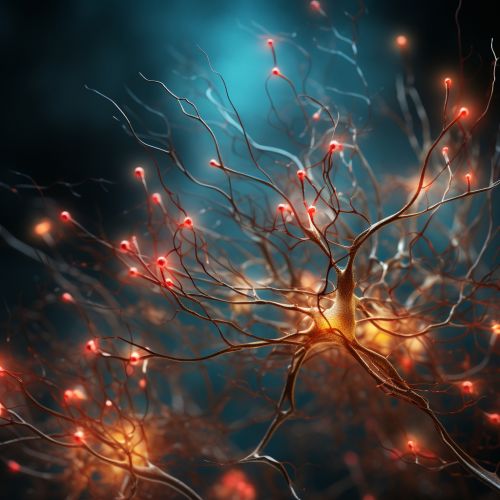
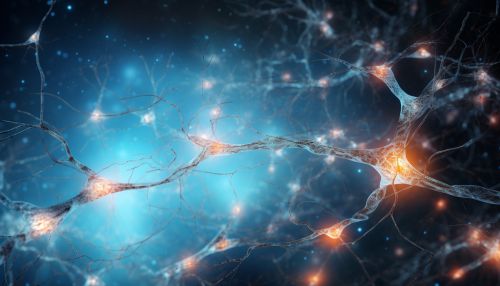
Functional Plasticity
Functional plasticity is the brain's ability to move functions from a damaged area of the brain to other undamaged areas. This is often seen in stroke victims, who can regain functions lost due to brain damage.
Factors Influencing Neural Plasticity
Several factors can influence neural plasticity, including age, stress, environment, and injury.
Age
Age is a significant factor in neural plasticity. While the brain is capable of change and adaptation at all ages, its plasticity decreases with age. This is due to a variety of factors, including a decrease in the production of new neurons and a decrease in the strength of synaptic connections.
Stress
Stress can also impact neural plasticity. Chronic stress can lead to changes in the brain's structure and function, particularly in areas involved in memory and emotion.
Environment
The environment can also influence neural plasticity. Enriched environments, which provide a variety of stimuli, can enhance neural plasticity, while impoverished environments can impair it.
Injury
Following an injury, the brain can undergo significant plastic changes as it attempts to repair itself. This can result in the reorganization of neural networks and changes in function.
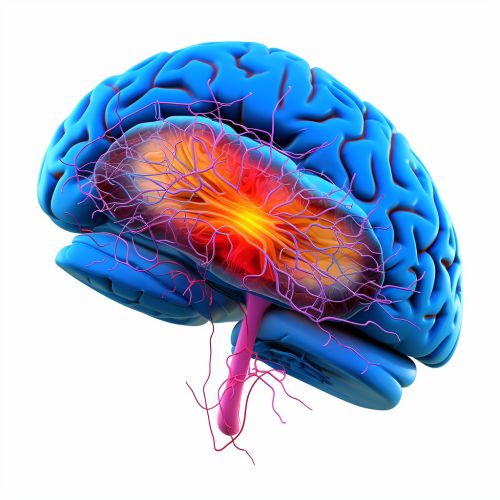
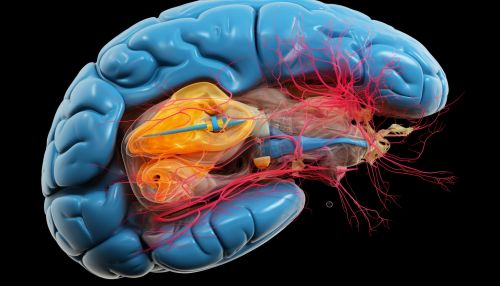
Implications of Neural Plasticity
The understanding of neural plasticity has several implications, particularly in the fields of neurology, psychology, and neurorehabilitation.
Neurology
In neurology, the concept of neural plasticity has led to new treatments for neurological disorders such as stroke and Parkinson's disease.
Psychology
In psychology, understanding neural plasticity can provide insights into how learning and memory work, and how experiences can shape the brain.
Neurorehabilitation
In neurorehabilitation, the concept of neural plasticity is used to develop therapies to help individuals recover function after brain injury.
